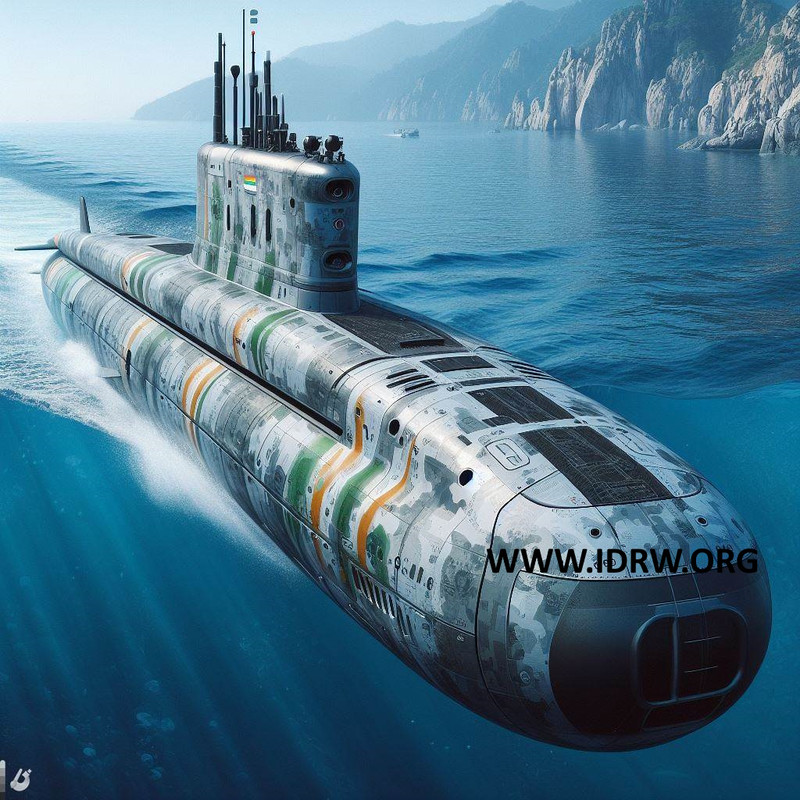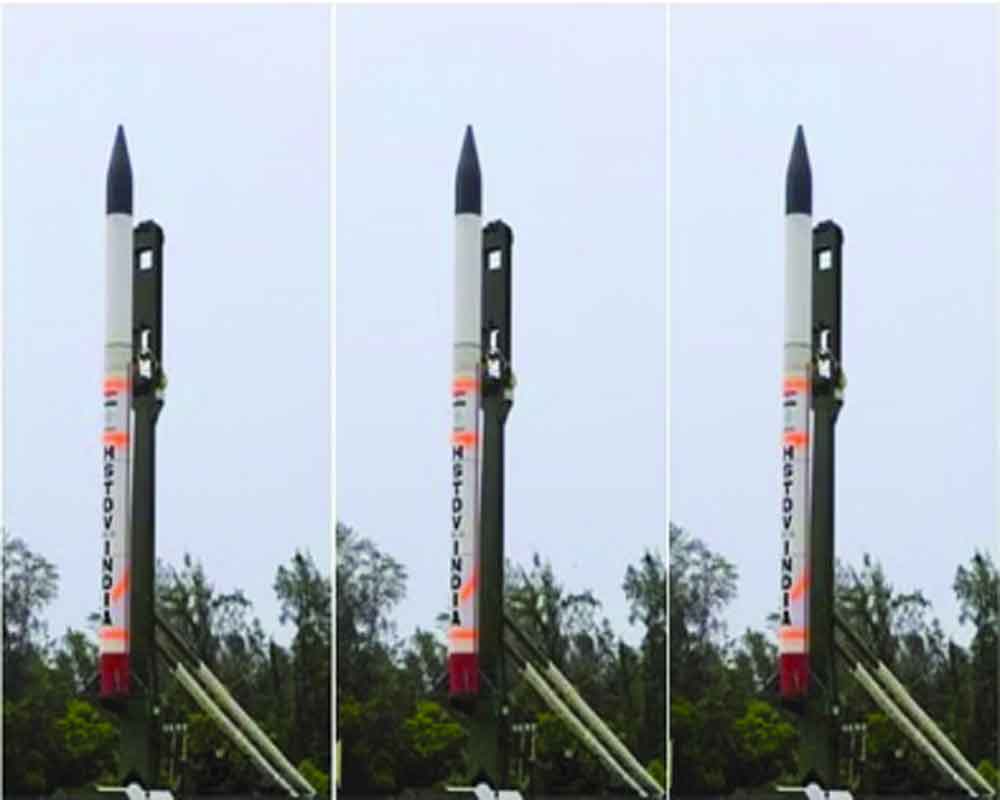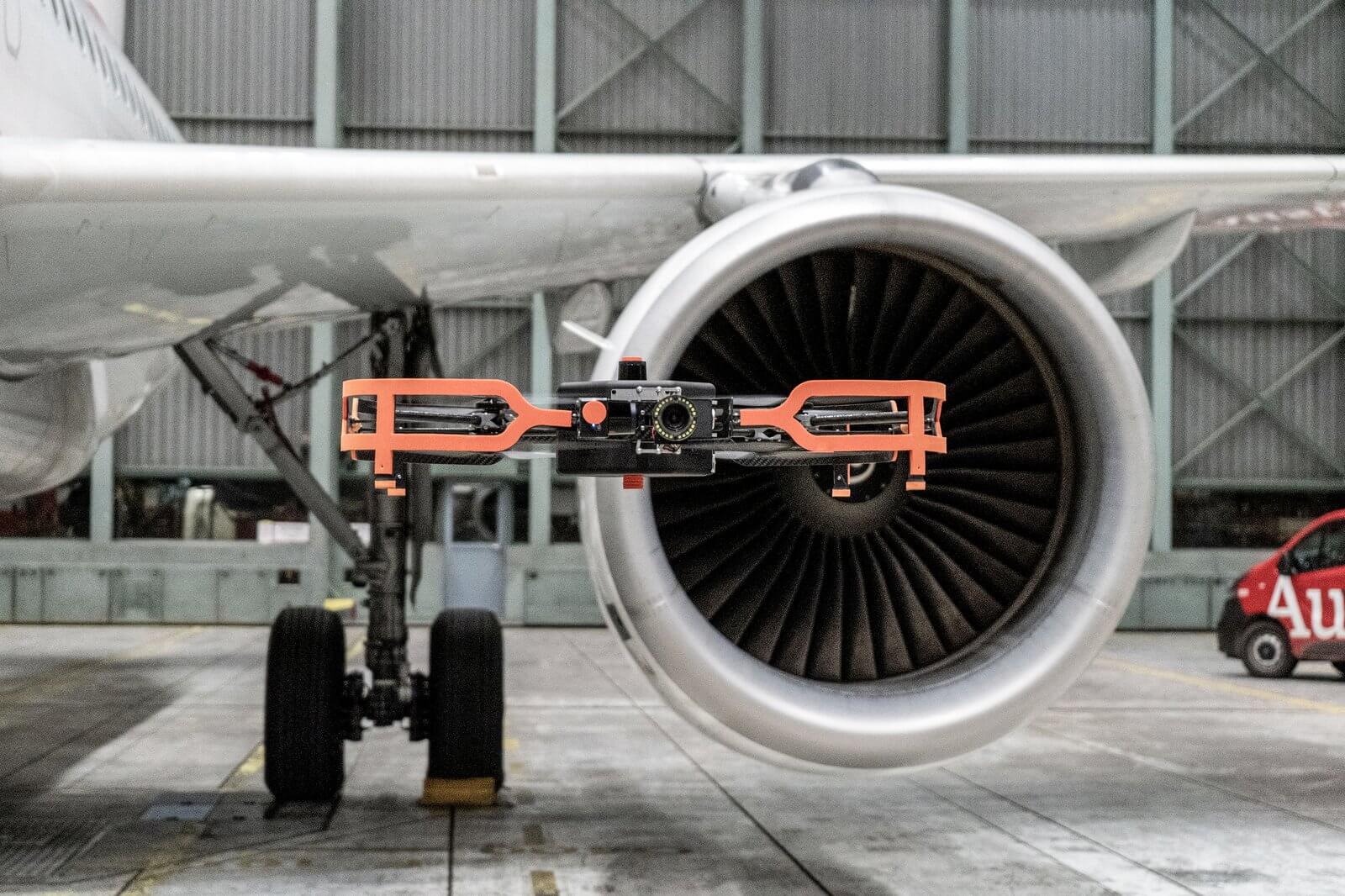SOURCE: RAUNAK KUNDE / NEWS BEAT / IDRW.ORG

The Indian Navy has set its sights on a future of self-reliance, aiming for complete indigenous construction of its warships by 2040. This ambitious goal signifies a significant step towards India’s strategic autonomy in maritime defence.
Despite advancements in domestic shipbuilding, the Indian Navy still relies on imported components for its warships. Crucial elements like gas turbine engines, sourced primarily from Ukraine or the United States, and key sensors acquired from Israel or Germany, remain a part of the current infrastructure.
Continue readingSOURCE: AFI

India’s hypersonic missile program is a critical endeavor aimed at propelling the country into the realm of advanced weaponry. Hypersonic missiles travel at speeds exceeding Mach 5 (five times the speed of sound) and possess unique capabilities that challenge traditional defense systems.
India’s hypersonic journey is intertwined with the success of the BrahMos supersonic cruise missile, a joint venture between India’s DRDO (Defense Research and Development Organisation) and Russia’s NPO Mashinostroyenia. The BrahMos-II, currently under development, leverages hypersonic scramjet technology, offering a significant leap in speed and range compared to its predecessor. This hypersonic BrahMos is expected to reach speeds of Mach 6 and strike targets over 1,500 kilometers away.
Continue readingSOURCE: AFI

India’s strategic defenses in the Andaman and Nicobar Islands (ANI) have received a significant boost with the recent upgrade of INS Utkrosh. This naval air station, which plays a vital role in supporting Veer Savarkar International Airport (VSI Airport), has been equipped with new advanced landing systems.
The collaborative efforts of the Indian Navy and the Airports Authority of India (AAI) have resulted in the installation of a new Advanced Landing Guidance System (AFLS), Precision Approach Path Indicator (PAPI), and a Cat II Approach Lighting System at INS Utkrosh. These advancements, coupled with the existing Instrument Landing System (ILS) by the AAI, effectively transform Port Blair Airport into a Precision Instrument Runway.
Continue readingSOURCE: AFI

Armored combat training just got a revolutionary upgrade. Zen Technologies introduces Zen ACTS™, the Armour Combat Training System, designed to propel mechanized force training into the future.
Zen ACTS™ is meticulously crafted to address the rigorous training needs of tank crews. This cutting-edge system delivers unparalleled realism and precision, simulating field craft, battle drills, and tactical gunnery procedures within meticulously crafted scenarios.
Continue readingSOURCE: AFI
The prolonged detention of Commander Tiwari, a naval veteran, due to a pending issue has brought to light the complexities of diplomatic relations and the human cost of such circumstances. While his colleagues returned to India on April 12th after being detained for over five months, Commander Tiwari remains stranded abroad, facing a travel ban that has upended his life and that of his family.
India’s Ministry of External Affairs (MEA) has provided limited clarity on Commander Tiwari’s situation, stating that certain requirements must be fulfilled before his return can be facilitated. The lack of transparency regarding these requirements adds to the frustration and anxiety experienced by Commander Tiwari and his family, who eagerly await his safe return home.
Continue readingSOURCE: IDRW.ORG.

Bharat Electronics Limited (BEL), a leading Indian defense Public Sector Undertaking (PSU), has set its sights on a new market in Central Asia. BEL has established partnerships with Uzbekistan’s key defense procurement agencies, UzTechTrade and the Defence Industry Agency, to promote its indigenous defense electronics products for the Uzbek military. This strategic move signifies BEL’s commitment to expanding its market reach beyond India.
Lieutenant Colonel Muhammad Tuhtanazarov, the Military Attaché of Uzbekistan to India, recently toured BEL’s Ghaziabad Unit. This high-level visit underscores Uzbekistan’s keen interest in exploring BEL’s range of defense electronics products.
Continue readingSOURCE: IDRW.ORG.

Veera Dynamics is proud to announce the successful testing and launch of their revolutionary Tardigrade line of technical apparel. This marks a significant advancement in protective gear technology, offering exceptional versatility and resilience for various industrial applications.
The Tardigrade line is the world’s first technical apparel made with Veera Dynamics’ in-house developed soft composite material. This innovative material sets itself apart with its unmatched temperature operating range, functioning effectively in extreme environments.
Continue readingSOURCE: AFI

Arun Prakash, a former Chief of the Indian Navy, has ignited discussions by proposing a bold idea on social media platform X (formerly Twitter). His suggestion revolves around the potential for India and France to collaborate on naval projects concurrently. Specifically, Prakash advocates for the simultaneous construction of France’s future aircraft carrier, known as PA-NG, in France, and India’s Indigenous Aircraft Carrier-III (IAC-3) in India.
Prakash’s proposal aims to leverage the strengths of both nations to create a mutually beneficial arrangement. He argues that such collaboration would not only facilitate the acquisition of ship design and construction expertise but also enable the exchange of nuclear design and propulsion technologies. Furthermore, Prakash highlights the potential for work-share opportunities that could enhance cooperation between India and France in the naval domain.
Continue readingSOURCE: AFI

The Indian Air Force (IAF) is soaring into the future with the development of an artificial intelligence (AI)-powered drone system for inspecting aircraft engines. This innovative technology promises to revolutionize engine maintenance procedures, making them faster, more efficient, and potentially safer.
The new system ditches the traditional, time-consuming manual inspections. Instead, it utilizes a mini or micro drone equipped with high-resolution cameras. These cameras capture detailed images of the engine, focusing on critical components like air intake ducts, exhaust nozzles, turbine blades, and more.
Continue readingSOURCE: AFI

The induction of Hangor-class submarines by Pakistan, procured from China, has sent ripples through the strategic landscape of the Indian Ocean and Arabian Sea. This development has the potential to alter the balance of power in the region, particularly vis-à-vis India’s long-held naval dominance. Let’s delve into the possible implications for India.
The Hangor class boasts modern features like Air-Independent Propulsion (AIP) systems, allowing them to stay submerged for longer durations. This translates to a more potent underwater threat to Indian surface ships, potentially hindering their free movement in the region.
Continue readingSOURCE: AFI

The Indian Space Research Organisation (Isro) released its annual Space Situational Assessment Report (ISSAR) for 2023, outlining a year marked by a rise in both space traffic and Isro’s efforts to maneuver its satellites safely.
The report highlights a significant increase in the number of collision avoidance maneuvers (CAMs) conducted by Isro in 2023. This reflects a growing trend in the number of space objects in orbit, with 2023 seeing more launches and on-orbit breakups compared to 2022. While Isro’s high-profile missions like Chandrayaan-3 and Aditya-L1 didn’t require specific interventions, the report emphasizes the importance of continuous monitoring and precise orbital data analysis.
Continue readingSOURCE: RAUNAK KUNDE / NEWS BEAT / IDRW.ORG

According to leaked internal reports from the USAF, the true capabilities of China’s PL-15 Very Long Range Air-to-Air Missile (BVRAAM) might be overstated. While China claims a range of 200 kilometers, the USAF report suggests this may be significantly reduced due to launch restrictions.
The report indicates that achieving the advertised 200km range hinges on a critical launch condition: the fighter jet firing the missile must be travelling at Mach 1.2 at an altitude of 10km. However, real-world combat scenarios often involve different launch conditions.
Continue readingSOURCE: RAUNAK KUNDE / NEWS BEAT / IDRW.ORG

Steel Authority of India Limited’s (SAIL) Bhilai Steel Plant (BSP) is playing a critical role in India’s indigenous underwater defence capabilities. The plant is pioneering the development of next-generation steel specifically designed for the S5 class of nuclear-powered ballistic missile submarines (SSBNs).
SAIL-Bhilai’s expertise in high-grade steel is not new. The plant previously developed special steel plates for the prestigious Vikrant-class aircraft carrier program. Now, they’re leveraging this knowledge to create an optimized variant specifically for submarine construction.
Continue readingSOURCE: RAUNAK KUNDE / NEWS BEAT / IDRW.ORG

The Indian Navy is actively exploring innovative solutions to address the shortage of minesweeper boats in its fleet. One such solution is the deployment of Micro Autonomous Underwater Vehicles (Micro AUVs) for minesweeping operations.
Developed by Bharat Electronics Limited (BEL), these Micro AUVs are designed for efficiency and manoeuvrability. With a length of only 2.5 meters, they can navigate areas inaccessible to larger vessels. Their endurance of 7-9 hours allows them to conduct extensive mine clearance missions.
Continue readingSOURCE: AFI

India’s foray into military transport aviation has seen a rich history, with the Antonov An-12 playing a significant role for a period. However, unlike China’s People’s Liberation Army Air Force (PLAAF) which pursued license production of the An-12 (known as the Y-8 in China) with great success, India did not.
China’s decision to license-produce the An-12 as the Y-8 proved highly successful. The Y-8 program yielded over 40 variants, demonstrating the aircraft’s versatility and adaptability. This extensive production not only fulfilled China’s military transport needs but also provided a valuable platform for its nascent aviation industry.
Continue reading